Population refers to the number of people living in a specific area, such as a city or a nation. It is constantly changing due to births, deaths, and population movements. The population contributes to economic development, but it also creates challenges like unemployment, pollution, and resource scarcity.
The most populated countries are significant not only in terms of their size but also in their economic, cultural, and political influence on the global stage. Among these, India, China, the United States, Indonesia, and Pakistan ranked as the top five most populated nations. With over 8 billion people on Earth, the rapid population growth began in the 1950s. Countries like India, China, Pakistan, Nigeria, and Indonesia are among the nations where birth rates remain high while death rates have declined.
Key highlights about Earth by Population
The Earth is demographically diverse, with a global population of 8,120,886,060 and rising. India and China comprise around 35.5% of the total global population. Population growth brings both opportunities and challenges for nations.
| World Population | 8,012,508,000 |
| World Population Growth Rate (Avg.) | 1.17 % |
| Most Populated Country | India – 17.78 % |
| Least Populated Country | Vatican City |
India surpassed China to become the world’s most populous country, making up around 1.4 billion (17.76%) of the global population. India has the most young population in the world, with over 66% of the total population under the age of 35. This presents an advantage in terms of workforce availability and economic growth.
List of countries in the world by population
Source of Data is United Nations Population Division 2024. Population in million people and World Share in Percentage(%)
| ^ | Countries | Population | World Share |
|---|---|---|---|
| – | Earth | 8,012,508,000 | 100 % |
| 1 | भारत | 1,450,935,791 | 17.78 % |
| 2 | China | 1,419,321,278 | 17.39 % |
| 3 | United States | 345,426,571 | 4.23 % |
| 4 | Indonesia | 283,487,931 | 3.47 % |
| 5 | Pakistan | 251,269,164 | 3.08 % |
| 6 | Nigeria | 232,679,478 | 2.85 % |
| 7 | Brazil | 211,998,573 | 2.60 % |
| 8 | Bangladesh | 173,562,364 | 2.13 % |
| 9 | Russia | 144,820,423 | 1.77 % |
| 10 | Ethiopia | 132,059,767 | 1.62 % |
| 11 | Mexico | 130,861,007 | 1.60 % |
In conclusion, the most populated nations of the world play a crucial role in shaping global trends in economics, politics, and culture. While each country has its unique strengths and challenges, they all face the shared responsibility of managing their population effectively. Sustainable development, technological advancements, and effective governance will be key in addressing the complexities of population growth while harnessing its potential for national and global progress.
Reference
Source: World Population Prospects 2024 by United Nations Population Division
See also: Largest Country in terms of Forest Cover


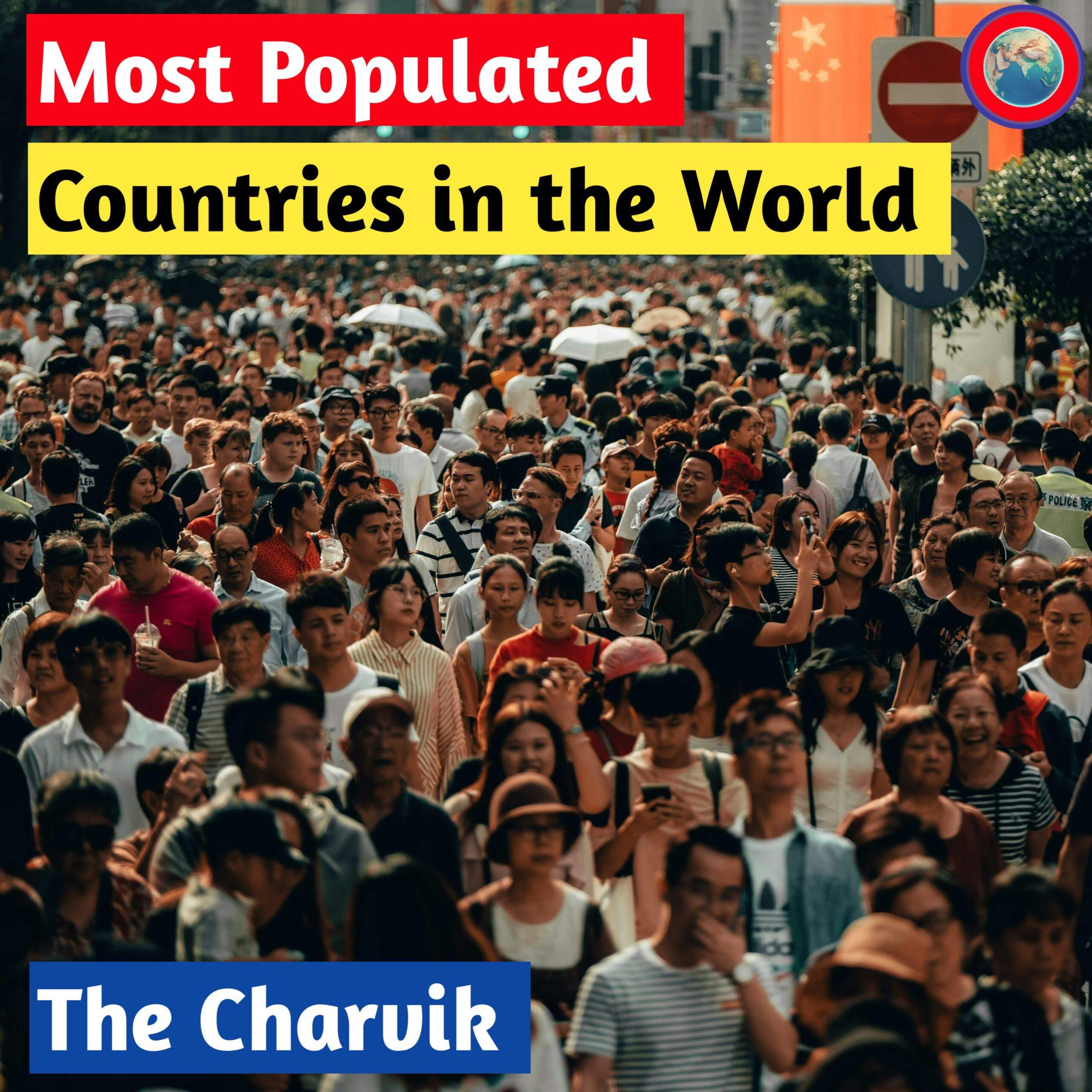
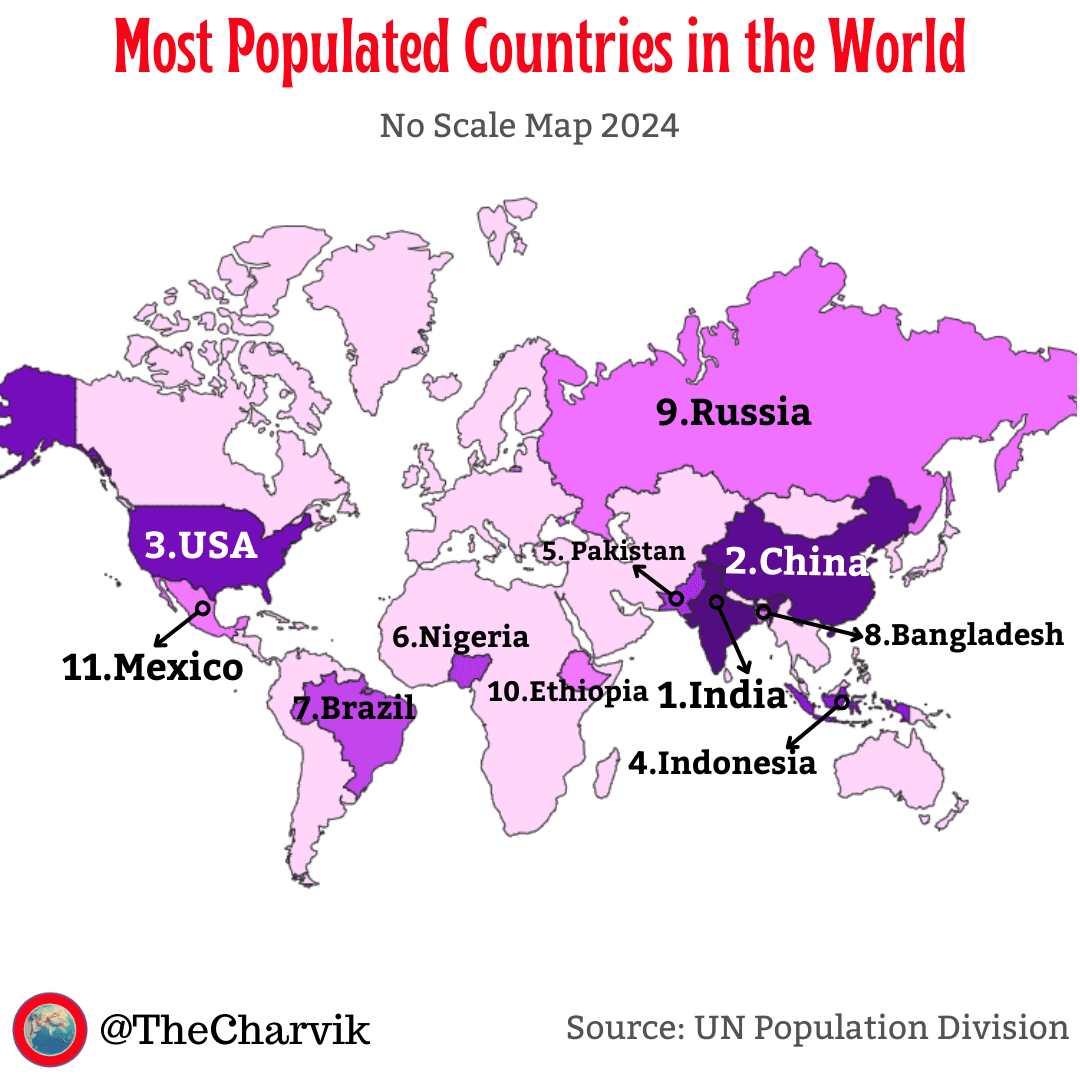
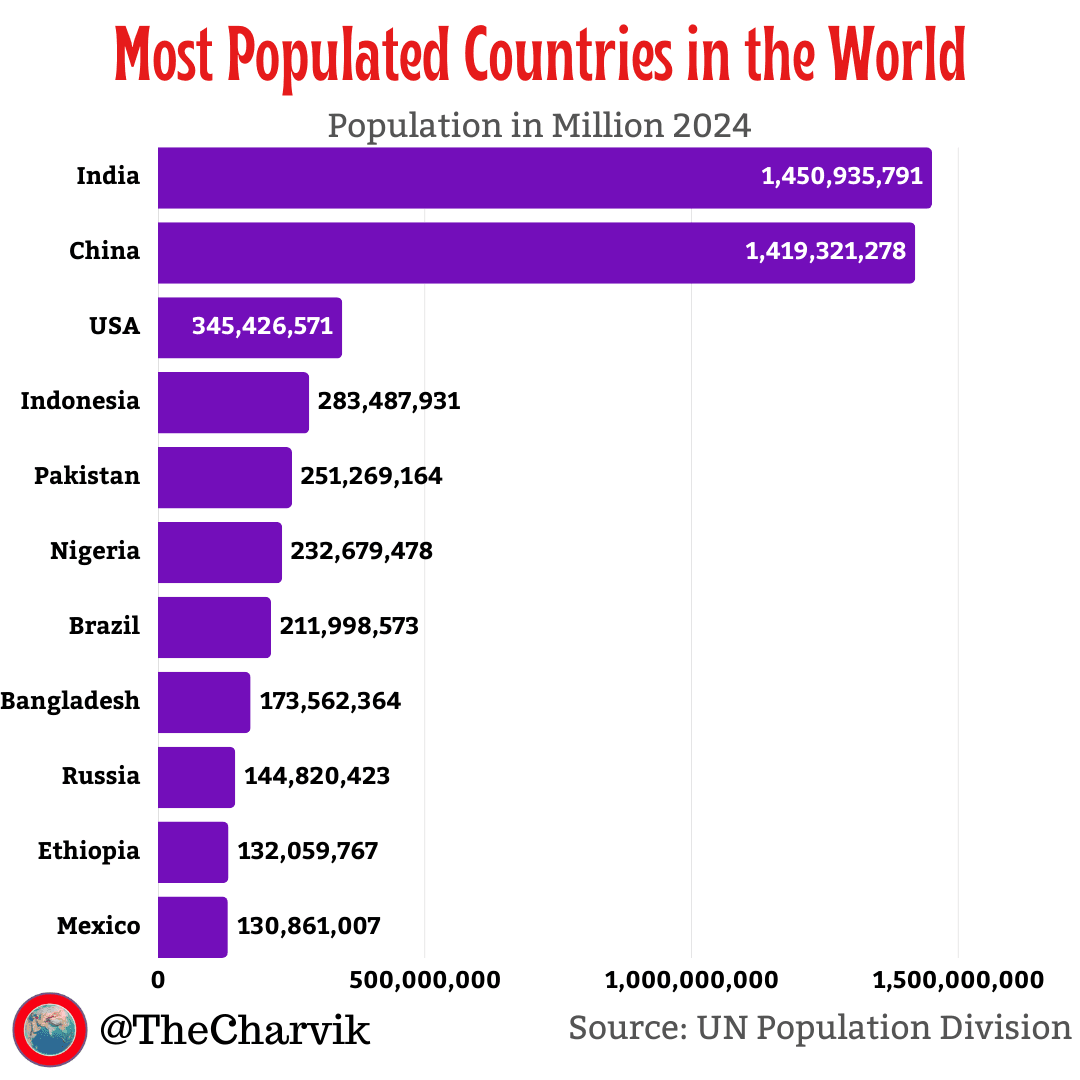


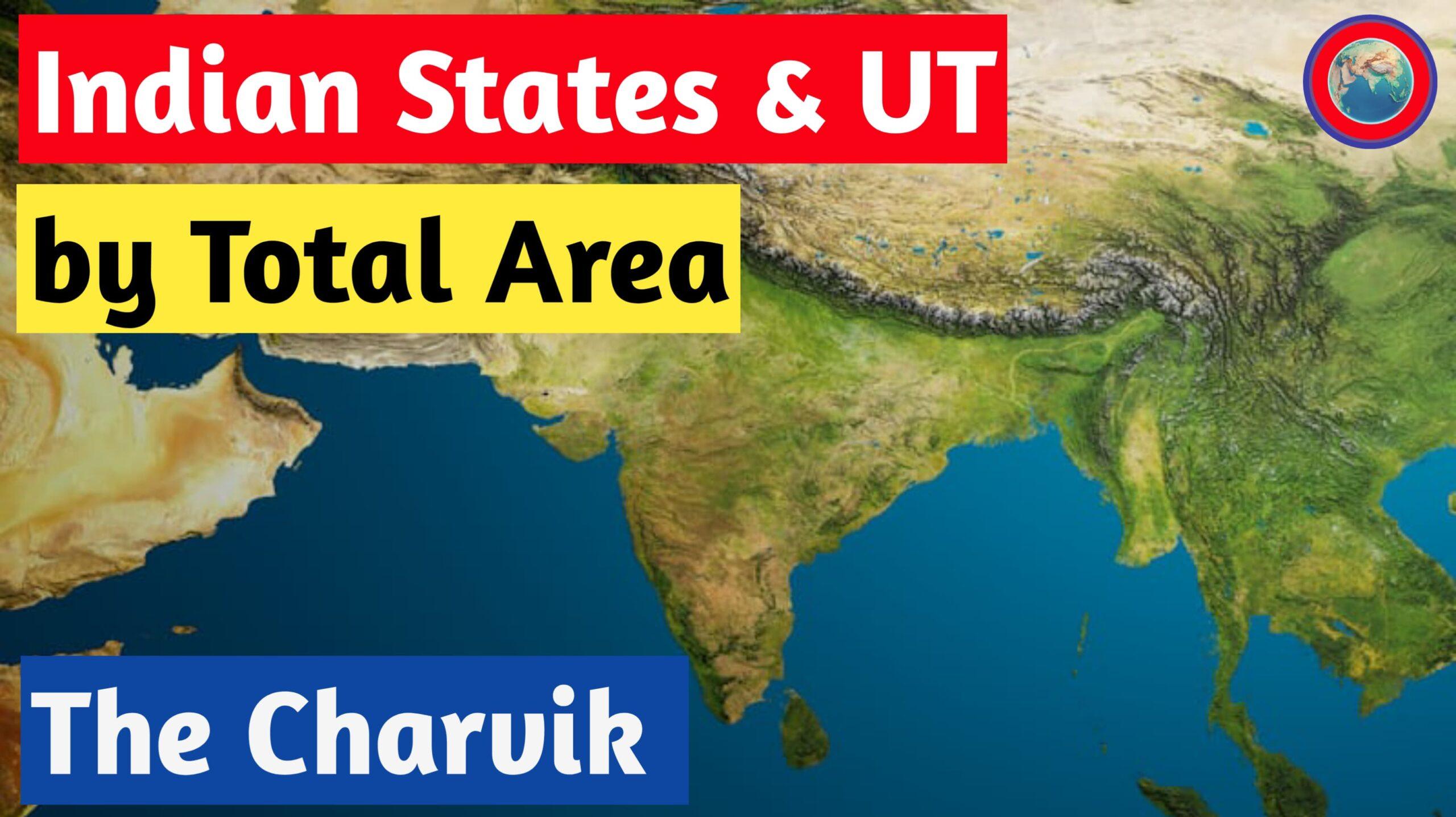
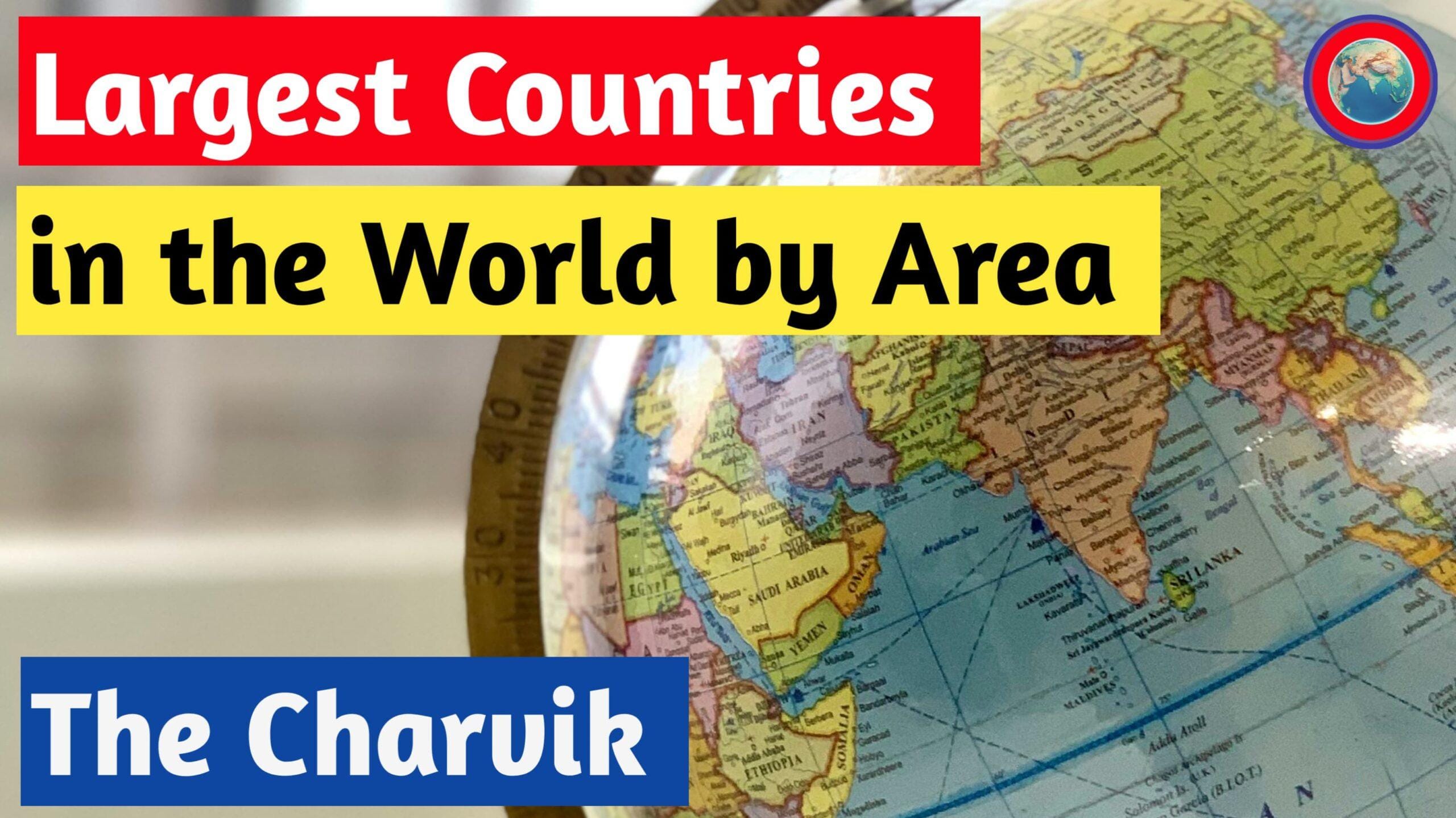

प्रातिक्रिया दे
एक टिप्पणी पोस्ट करने के लिए आप को लॉग इन करना पड़ेगा।